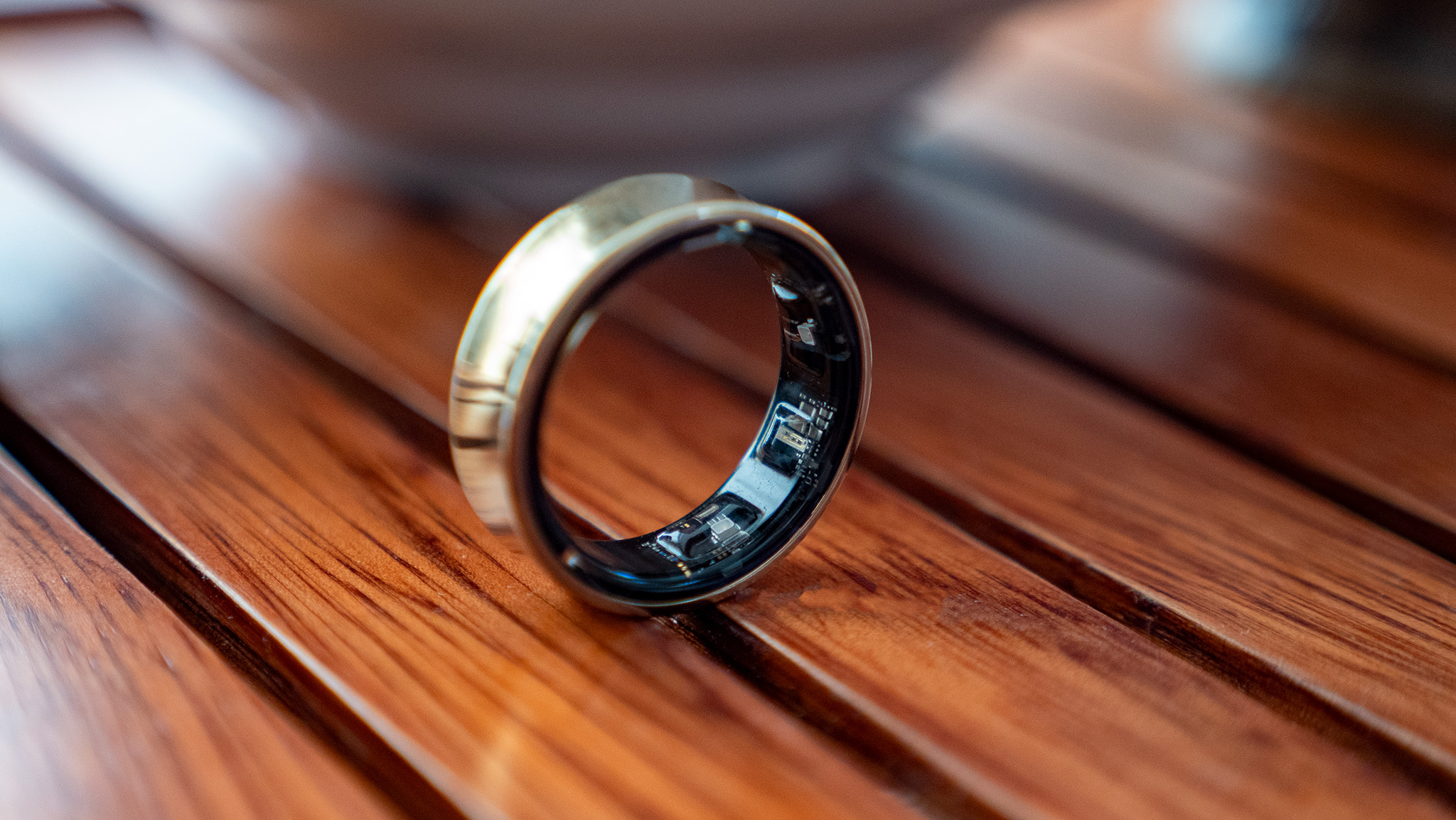
The Samsung Galaxy Ring helped bring smart rings into the mainstream. Beyond the obvious name recognition and Samsung Health integration, Samsung gave it a lightweight, attractive design, unique gesture controls, and strong battery life that stand out from the competition.
At the same time, this first-generation smart ring had its fair share of problems, with our Galaxy Ring reviewer bashing its limited fitness capabilities, limitations on non-Samsung phones, and potential accuracy issues on a $399 device.
The Galaxy Ring remains one of the best smart rings despite its drawbacks. But with serious competitors like the Oura Ring 4, you can ask whether it's the right fit for your finger.
Our Galaxy Ring buyer's guide will focus on what you need to know before buying one, starting with sizing, fit, specs, and style. We'll run through the health features and how they compare against its smart ring rivals like Oura and Ultrahuman. And we'll explain the smarts you can expect if you have a Samsung phone.
Samsung Galaxy Ring: Price, availability, sizing, and colors
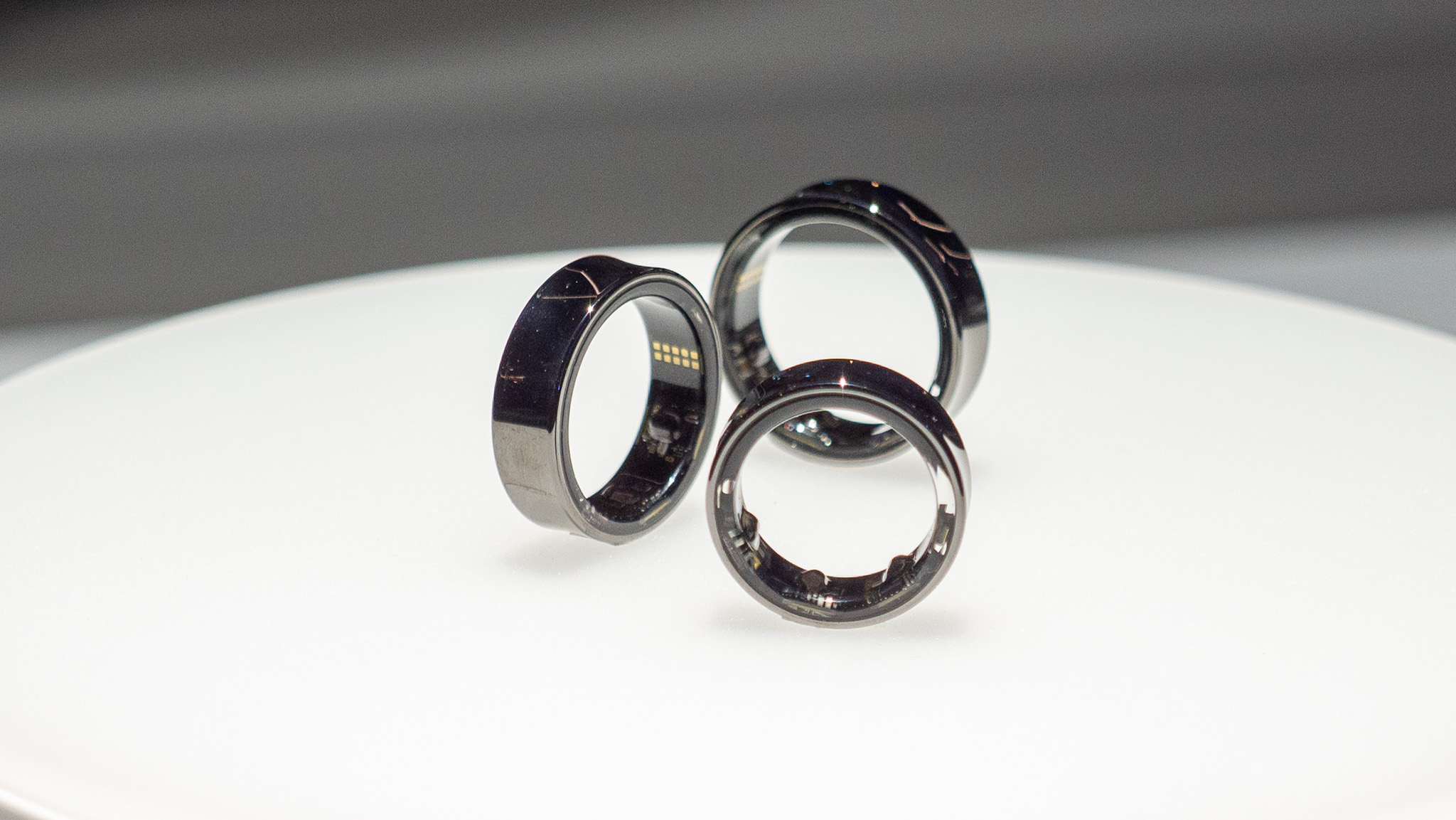
The Samsung Galaxy Ring was announced on July 10 and shipped out to customers on July 24. It's available through Samsung.com, Amazon, Best Buy, and select carriers in the United States.
Samsung hasn't widely advertised its list of Galaxy Ring countries, slowly trickling it out to new nations — most recently India in mid-October. Currently, it's available or coming to about 20 countries, including Australia, North America, several EU countries and the UK, China, India, and South Korea.
The original production run of 400,000 Galaxy Rings proved inadequate for demand, especially the medium and large ring sizes. Since then, Samsung announced plans to boost its factory output to 1 million rings to meet demand in late July, and it appears to be fully available since then.
You must know your Galaxy Ring size and which finger to wear it on before buying it. We have a Galaxy Ring sizing guide, but the gist is that Samsung uses its own proprietary sizing, so your typical ring size may not match. Samsung recommends wearing it on your index finger for the best tracking accuracy, with either your ring or middle finger as secondary options.
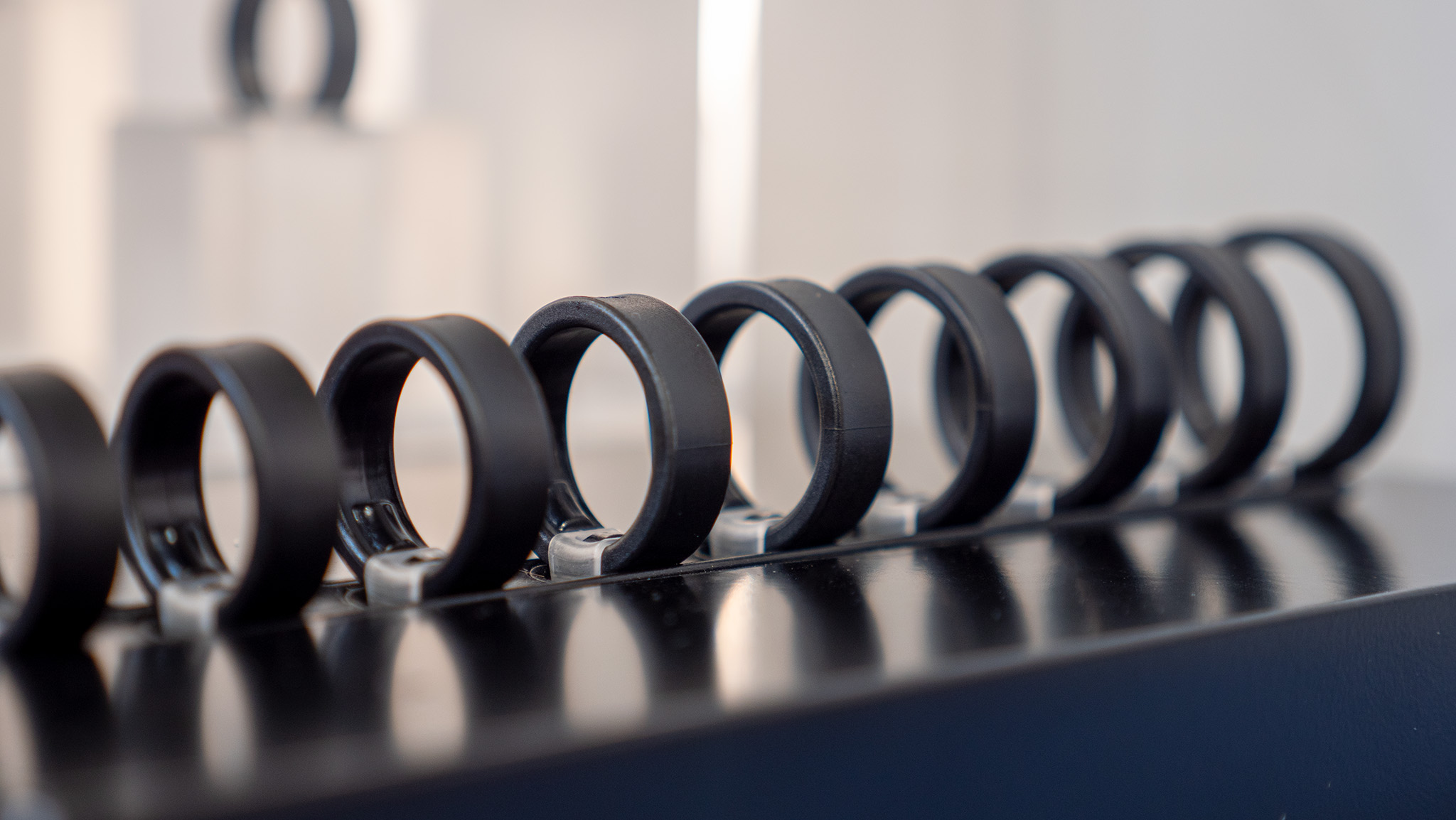
If you buy from Samsung, you will receive a free sizing kit with nine dummy rings in sizes 5–13. Through other retailers like Amazon, you must buy the sizing kit separately for $10, but once you buy the Galaxy Ring you will receive a $10 credit, offsetting the cost. If the largest size doesn't fit your finger, Samsung allegedly plans to add sizes 14 and 15, though we've yet to see an official announcement.
At $399, the Samsung Galaxy Ring costs more than most competing smart rings, which tend to fall within a $250–350 range. The main exception is Oura, which technically starts at $299 but jumps as high as $499–549 with the more rounded design and fancier finishes like Gold or Rose Gold.
Samsung says that it won't charge a monthly subscription for Galaxy Ring data (unlike Oura), though it has hinted that it may charge for Galaxy AI insights in the future — which would apply to the Galaxy Ring's Energy Score and Wellness Tips.
In terms of which Galaxy Ring color to buy, the Black option is the most plain and subtle, while the Gold and Silver options may match closer to whatever jewelry you typically wear. Unlike Oura, Samsung doesn't charge extra for its Gold finish.
Samsung Galaxy Ring: specs, sensors, and battery
The Galaxy Ring has two photodiodes, two LEDs, and two red/infrared lasers, built to track your heart rate, heart rate variability (HRV), blood oxygen (SpO2), skin temperature, breathing rate, and other health and sleep data.
At night, it measures everything from resting heart rate and sleep stages to sleep latency and how often you move; then it converts all of your sleep and health data into an Energy Score at the beginning of each day, using Galaxy AI to interpret the results (if you're using a Galaxy phone).
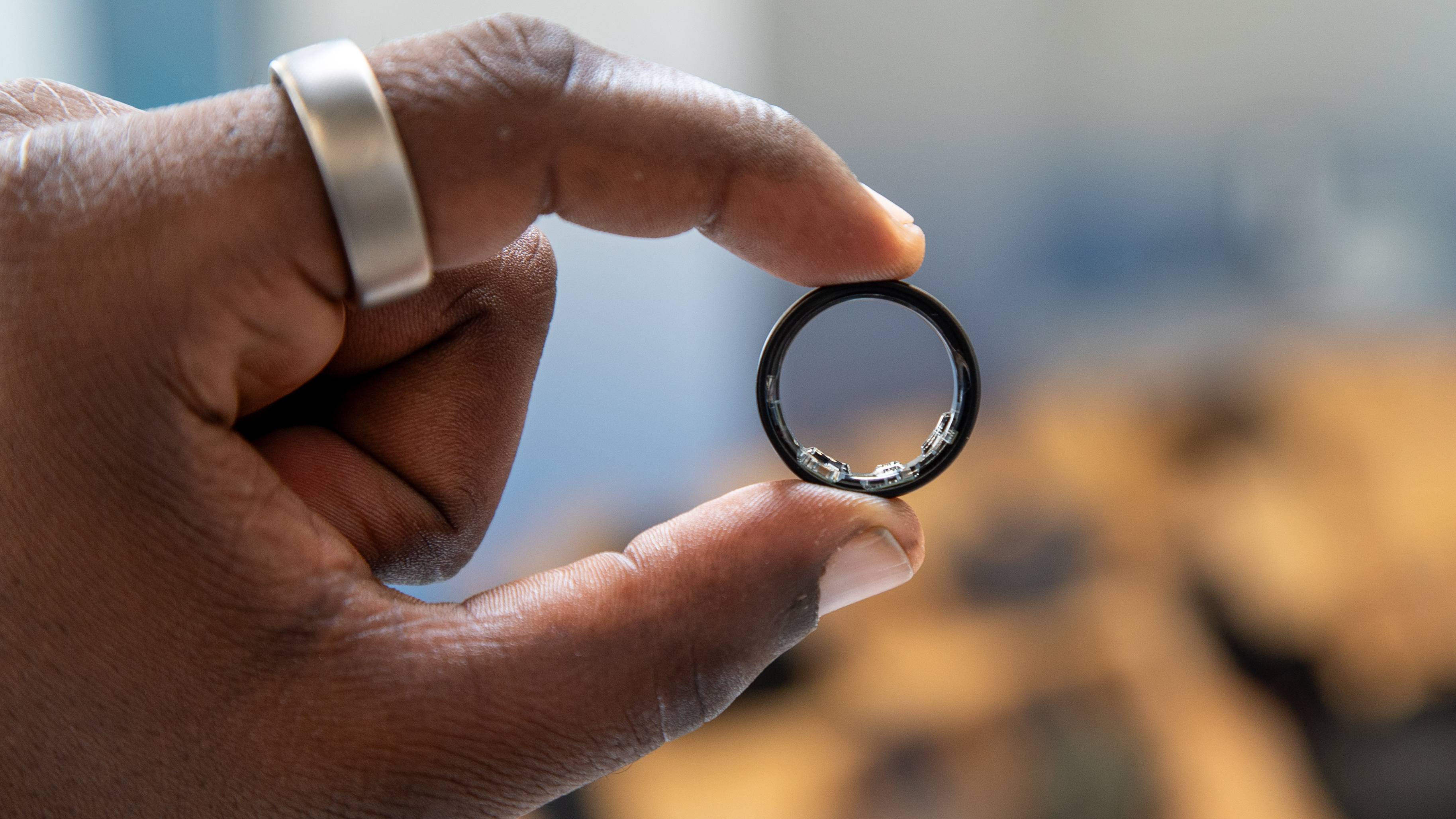
While the Galaxy Ring lasts up to seven days per charge, this depends entirely on which ring size fits your hand. Samsung says that the smallest sizes (5–7) only last five days, and the middle sizes (8–11) last six days. Our Galaxy Ring tester found that his size-10 ring had 10% battery after six days, which matches Samsung's estimates.
You can check its current battery life by removing the Galaxy Ring; the built-in LEDs will flash 1–4 times, with one flash meaning 0–25% capacity, two flashes equaling 26–50%, and so on. You'll also find the exact percentage in the Galaxy Wearable app.
One cool perk is that you can charge the Galaxy Ring anywhere thanks to the portable 361mAh charging case, whereas most smart rings require a power brick. It hits 50% power in 30 minutes or 100% in an hour, which isn't bad compared to a smartwatch but is surprisingly slow given its meager 20mAh capacity. We assume that slow charging helps the battery retain its capacity for longer.
Samsung Galaxy Ring: Design and accuracy
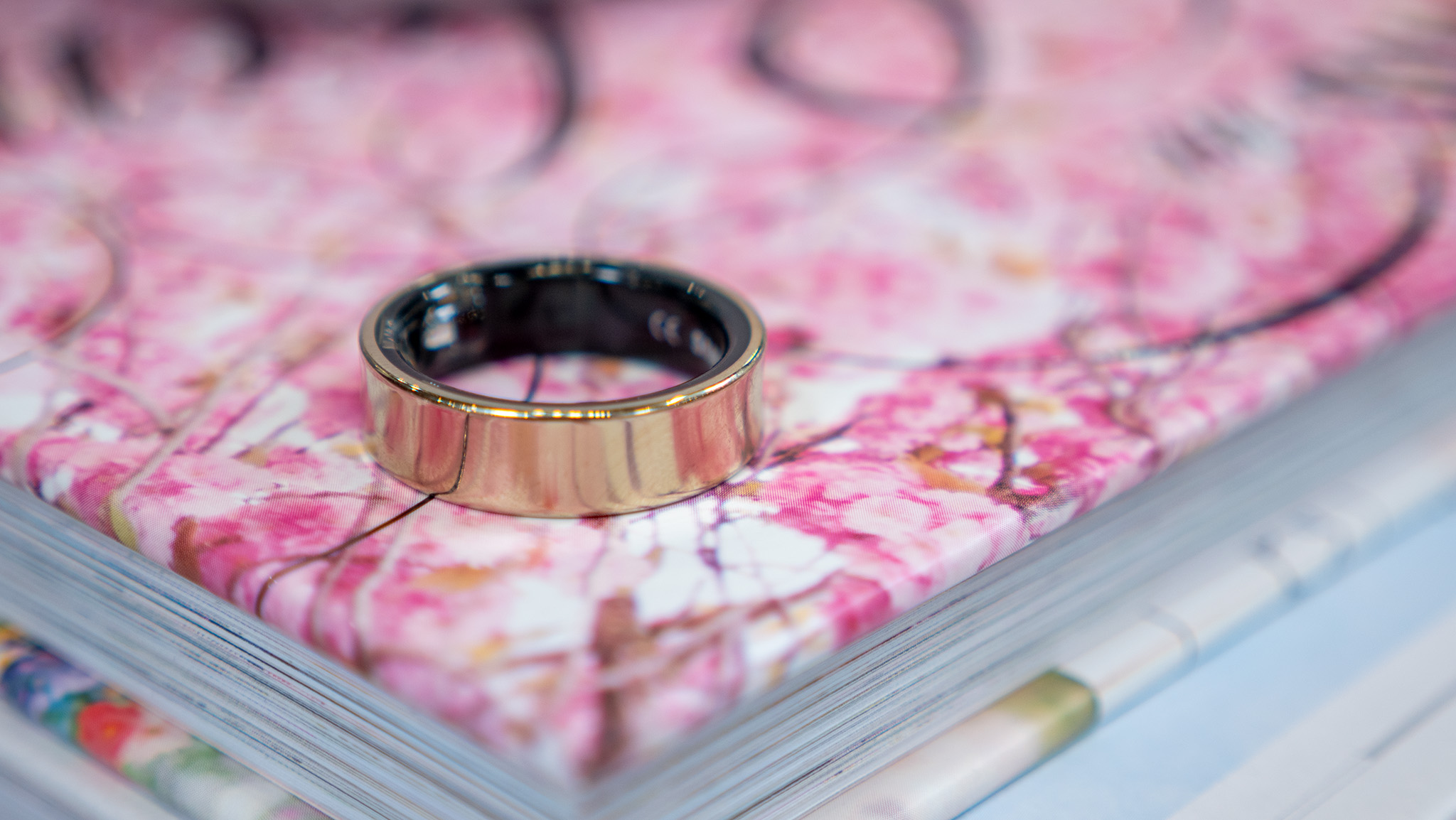
The Samsung Galaxy Ring measures 7mm by 2.6mm and weighs between 2.3g and 3g depending on which size you buy. Its 2.6mm thickness is quite close to competing smart rings, but its 7mm width makes it thinner than the competition, as does its light weight compared to the Oura Ring (4–6 grams) or RingConn smart ring (3–5g).
While most smart rings have a uniform, flat appearance, the Galaxy Ring distinguishes itself with a concave design, sinking inwards at the center and rising along the edges. That, along with the smaller size overall, makes it look more like "jewelry" instead of tech, even if it's still thicker than most rings.
Like most smart rings, it has a titanium exterior frame. Samsung doesn't specify what the interior is made of, but it's probably a non-metallic material designed to feel comfortable against your skin and house all of the tech components and health sensors.
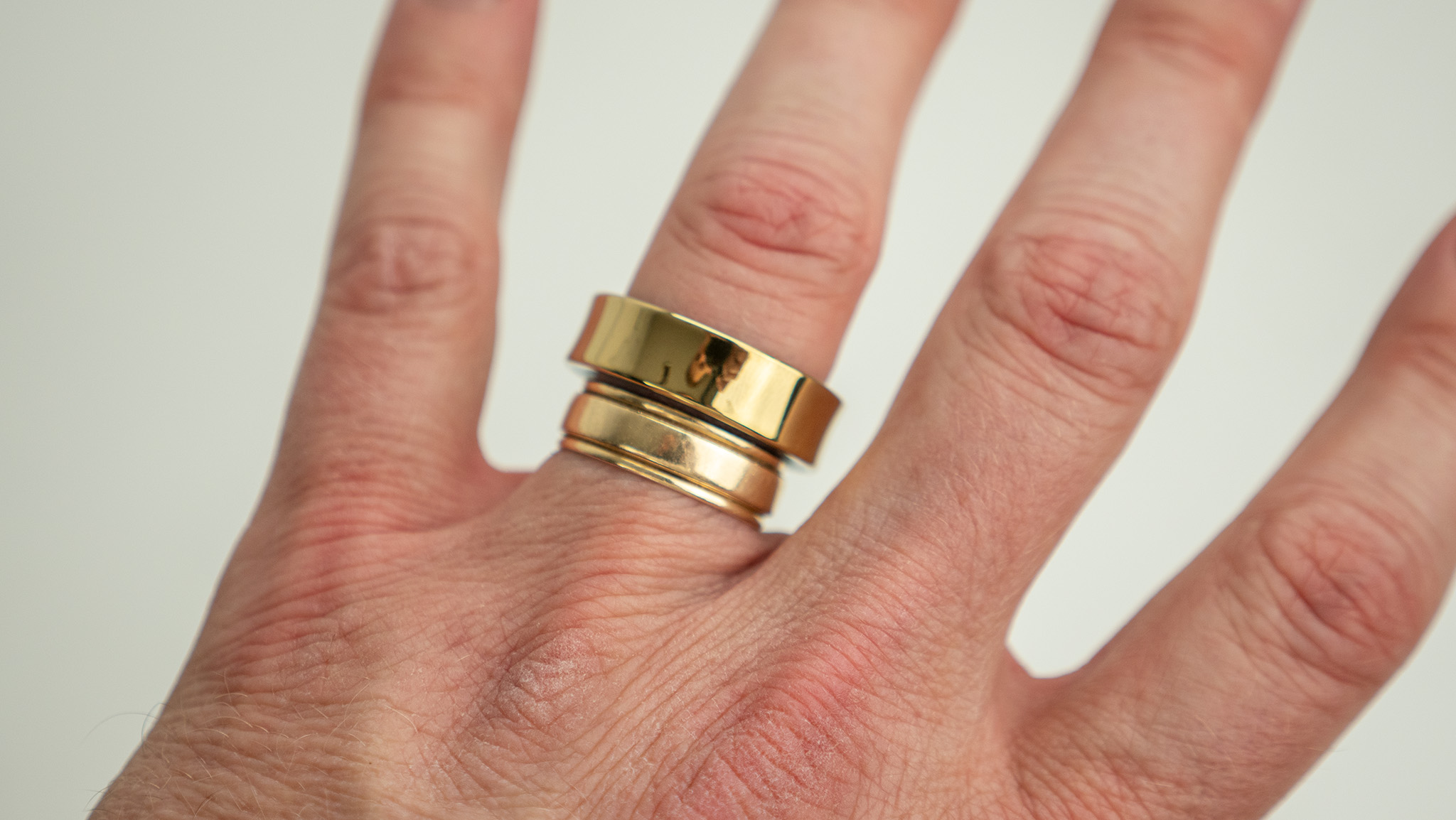
Samsung says the Galaxy Ring is certified to last for up to 10 minutes at 100m depth or up to six feet of water for 30 minutes. You can swim with it, in other words, but you probably don't want to leave it submerged indefinitely. It's certainly not as rugged as the diving-certified Galaxy Watch Ultra and it got scratched up when our reviewer wore it during a Spartan race.
A smart ring's primary purpose is to provide more comfortable sleep tracking than a bulky Android smartwatch can. Unfortunately, while our reviewer praised the Galaxy Ring as "so darn comfortable," he also complained that his data didn't align with his actual sleeping experience and that the ring had "blips in the graph where no data was collected at all."
We're still performing a longer-term test to see if the Galaxy Ring's accuracy improves over time, possibly thanks to OTA updates, but at the moment, it's not providing more accurate data than a smartwatch delivers, only a more restful experience.
Samsung Galaxy Ring: Smarts and fitness
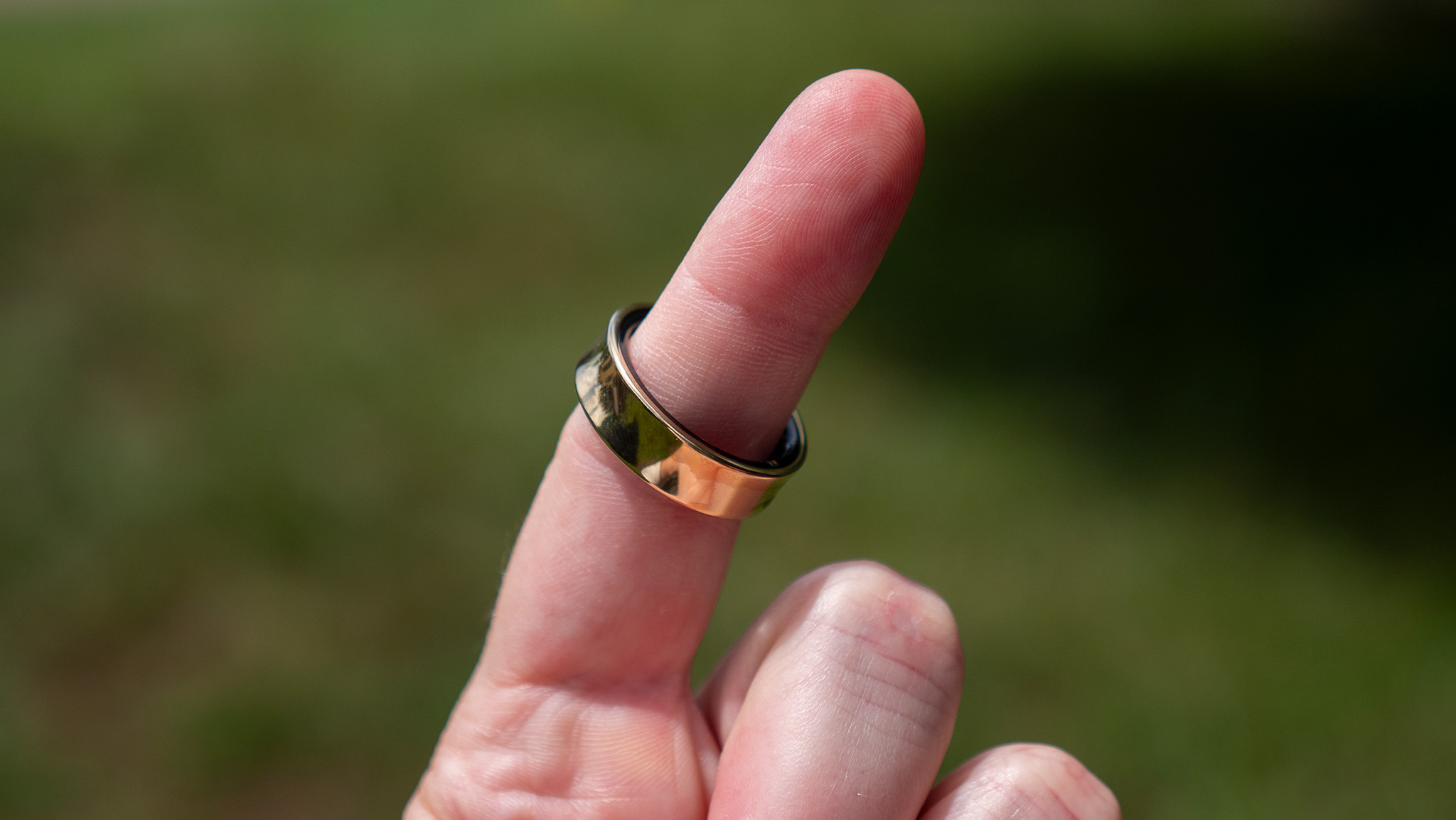
For the most part, the Galaxy Ring is a passive device. You wear it and it sends data to your Android phone, without the smarts of a Galaxy Watch 7. But it does have a few features you should know about.
First, the Samsung Galaxy Ring has an automatic workout detection mode. It recognizes when you're walking or running via its accelerometer, then starts a tracked activity — but only after a set time period. Running a single hard lap around a track won't be detected, for example.
Surprisingly, those are the only two activities it can recognize. You can trigger a manual workout for any other activities, but this didn't work for our reviewer, as the ring didn't record any HR data across an hour-long gym activity. We assume Samsung will fix this issue, but even still, this is a far cry from what the Oura Ring (with its 50+ auto-detected activities) offers.
The main issue is that the Galaxy Ring only measures your heart rate every ten minutes outside of workouts and takes the best readings at rest. If you want more up-to-date health data, especially regular AFib detection, you'll need a smartwatch.
Also, some of its key insights like your daily Energy Score and Wellness Tips towards certain health goals require a Samsung phone and account. You can use the Galaxy Ring on a non-Samsung phone, but you'll have to analyze your own data.
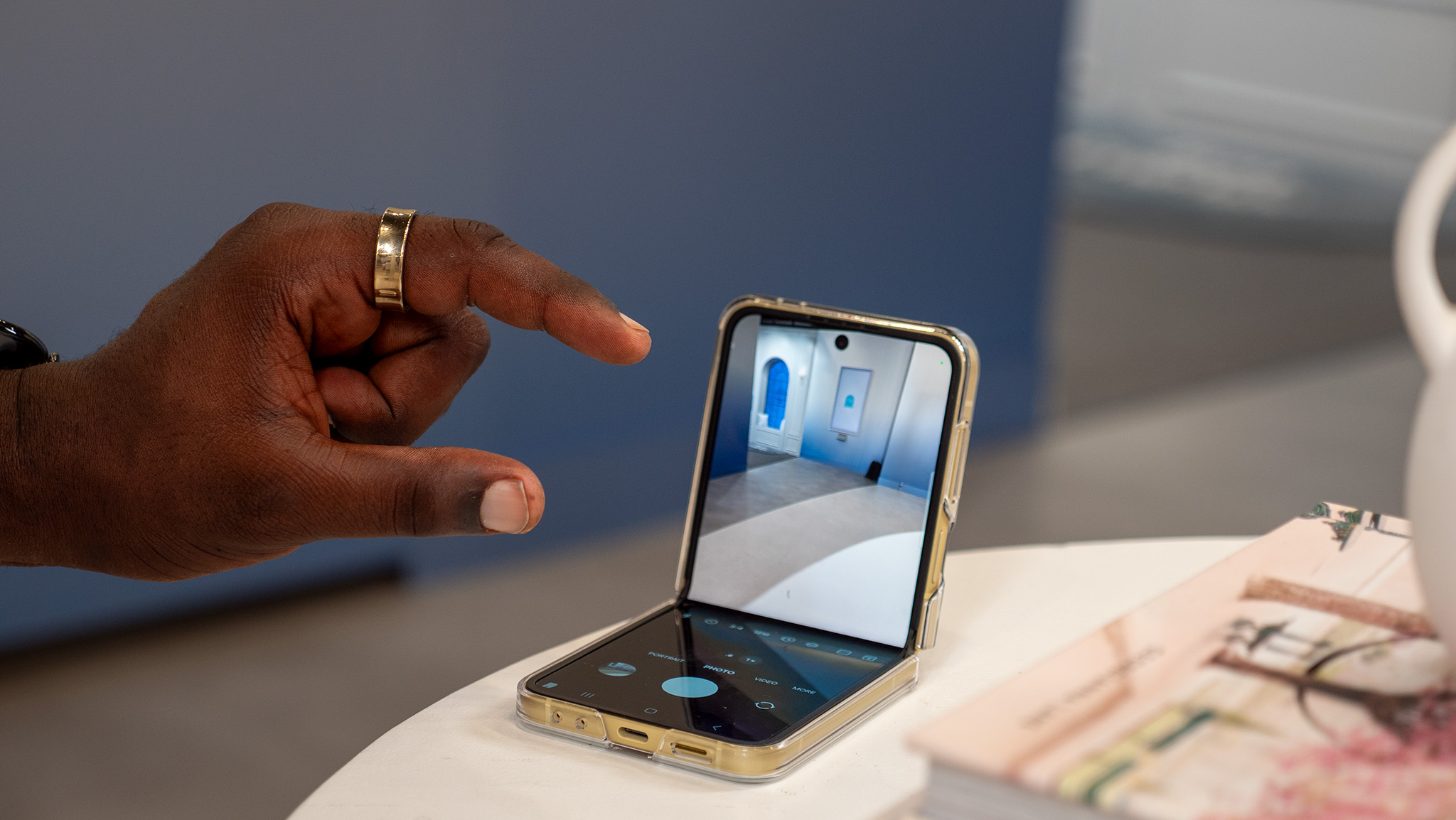
If you have a Samsung phone running One UI 6.1.1, you can use a double-pinch "Gesture" to trigger specific actions on said phone. Specifically, you can snooze an alarm or take a picture while your Z Flip 6 is in tabletop mode — fairly niche and limited functions, in other words. We assume Samsung will add other gesture functions over time.
Finally, the Galaxy Ring has a Lost Ring function that locates its last registered position in the Samsung Find app, as well as lights up its internal LEDs in case it falls in a dark space. Unfortunately, the map-tracking tool is yet another Galaxy phone exclusive; only the LED function works for other Android phones.
The Samsung-Oura lawsuit
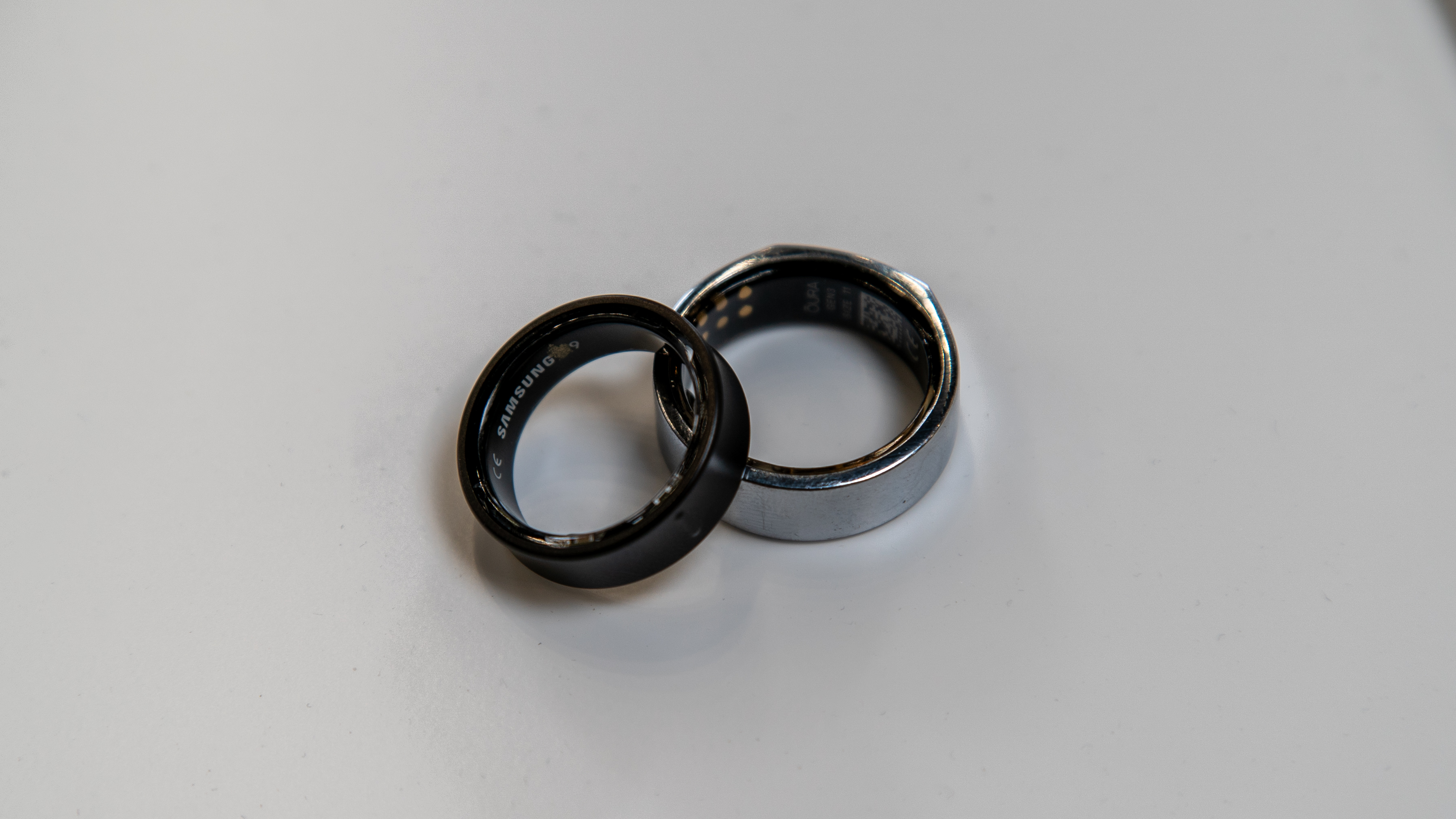
Oura has sued several smart ring makers like Ultrahuman, Circular, and RingConn for alleged patent infringement. When Samsung announced the Galaxy Ring earlier this year, Oura responded with a press tour, which frequently mentioned how many patents it had (100 granted and over 270 pending).
In light of this, Samsung chose to preemptively sue Oura, claiming that the company's patents are for "features common to virtually all smart rings, such as the inclusion of sensors, electronics, and batteries."
The lawsuit claims that Oura is an "actual, imminent risk to Samsung" and its chances of smart ring success and asks the U.S. District Court to confirm that "the Galaxy Ring has not infringed, and does not infringe, directly or indirectly, any valid and enforceable claim."
Oura has yet to publicly respond to these claims. Oura's CEO told CNET in July that most of its customers are iPhone users, that they "welcome the additional members of the smart ring community," and that Samsung's marketing will bring more awareness to the category. He didn't mention the lawsuit.
We haven't seen any news about this lawsuit since July, so it appears that, for now, the Galaxy Ring won't have any legal troubles or counter-suits disrupting its sales. But we don't know how this lawsuit will shake out and how it'll affect the smart ring market.
Should you buy the Samsung Galaxy Ring?
You can't use the Galaxy Ring with an iPhone, and its functionality is very limited for non-Samsung Android phones. You won't get AI insights like the Energy score, Gestures, or any way to track the ring in the Find My network.
That aside, whether you should buy the Galaxy Ring truly depends on (A) whether you're already happy wearing a smartwatch to bed at night or (B) whether another smart ring will suit your needs better for less.
To the first point, a smartwatch beats a smart ring for health tracking because it has the battery life to measure heart rate (and other metrics) more frequently, and more room for extra LEDs to spread across more a larger skin surface. A smart ring's main benefit is that it stays securely on your finger for sleep tracking, while a smartwatch might get dislodged and feel burdensome at night.
To the second point, you can check out our guide on the Galaxy Ring vs. Oura Ring will help you compare Samsung's option against the most popular and well-reviewed smart ring among its rivals. The Ultrahuman Ring Air and RingConn Smart Ring are two other strong smart ring options that will cost you less.
If you do decide to go with the Galaxy Ring, bookmark our guide on the first 13 things to do with your new Galaxy Ring, so you know where to start!
Petite health tracking
The Samsung Galaxy Ring lasts up to 7 days per charge, tracks your health and sleep data with Galaxy AI insights, auto-detects your walks and runs, and comes with a portable charging cradle for days of battery in just 30 minutes.







